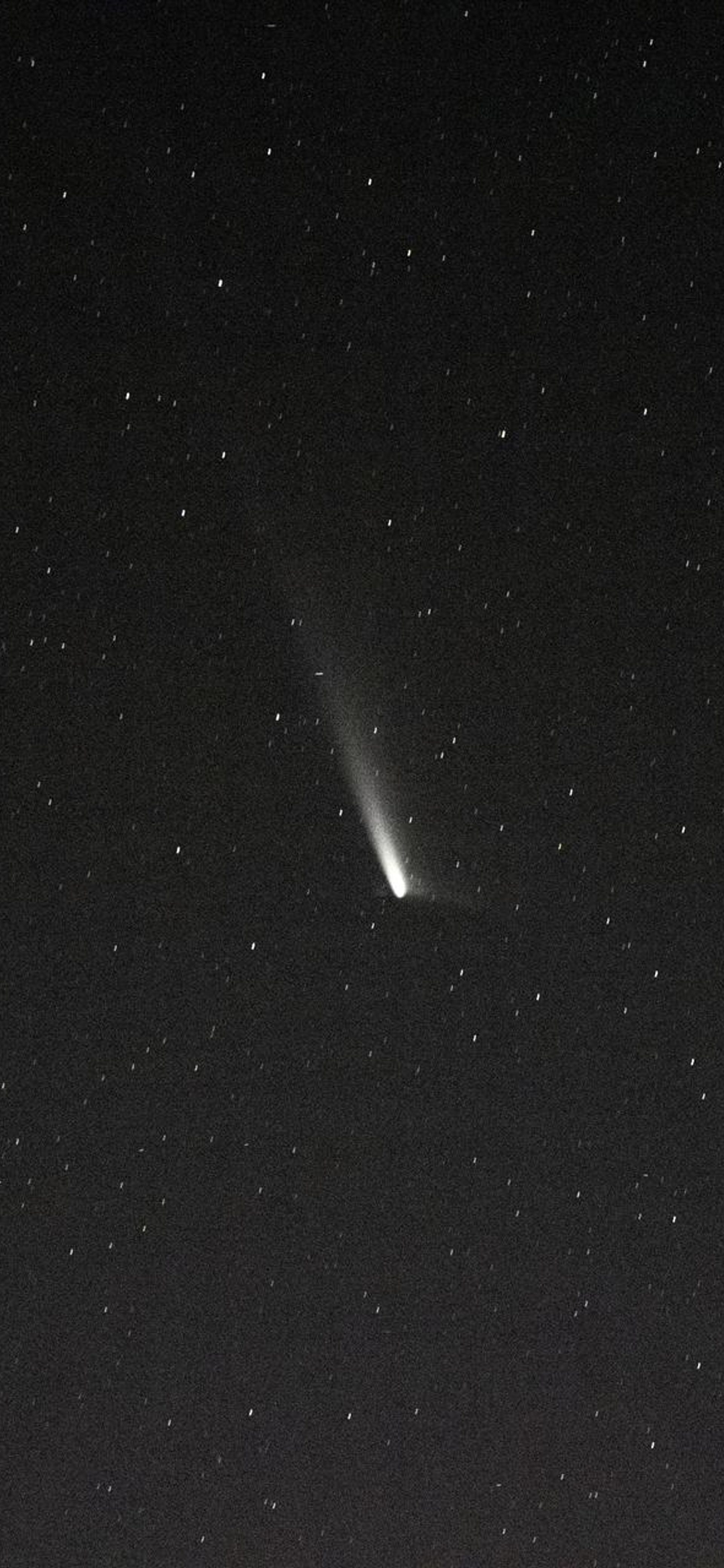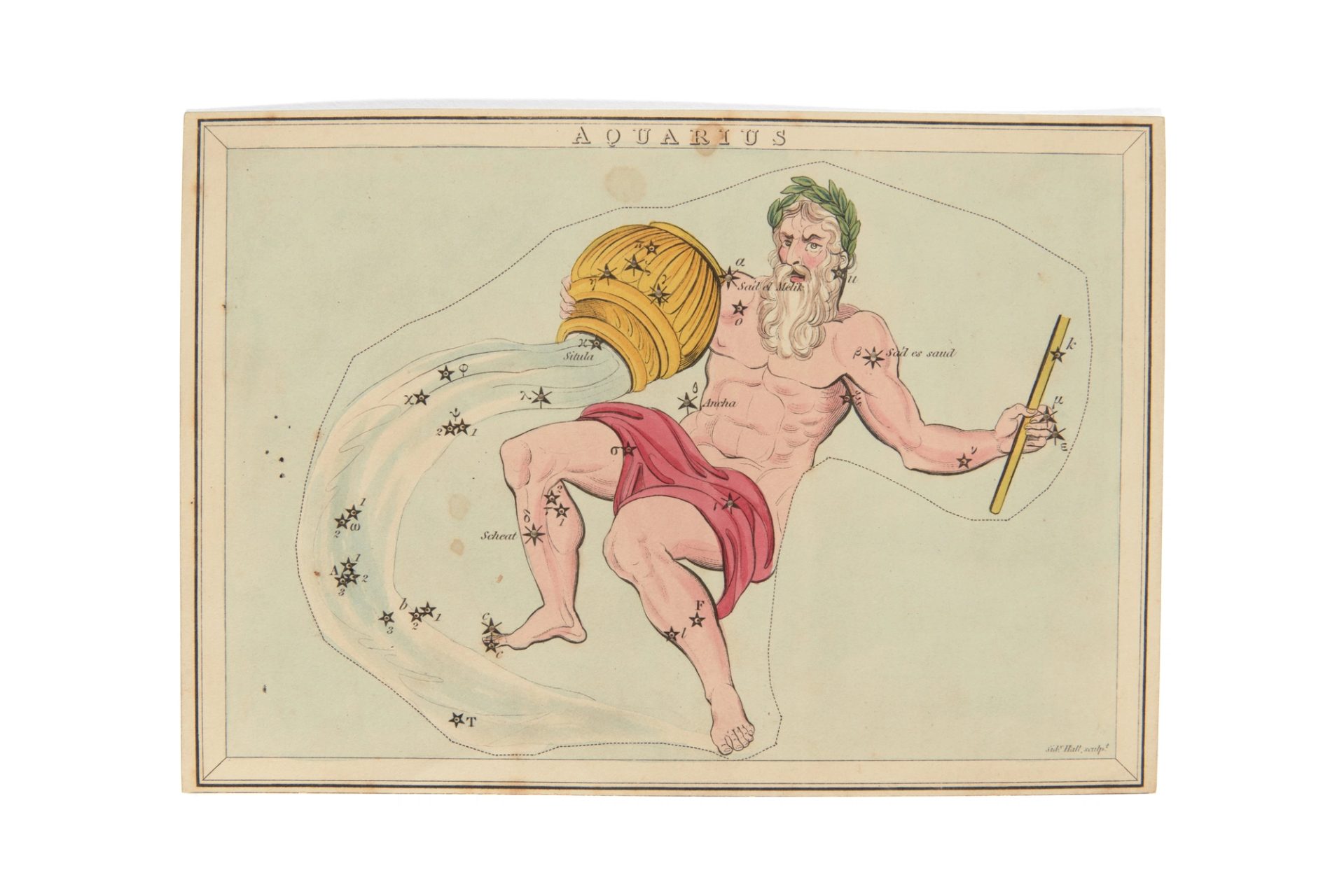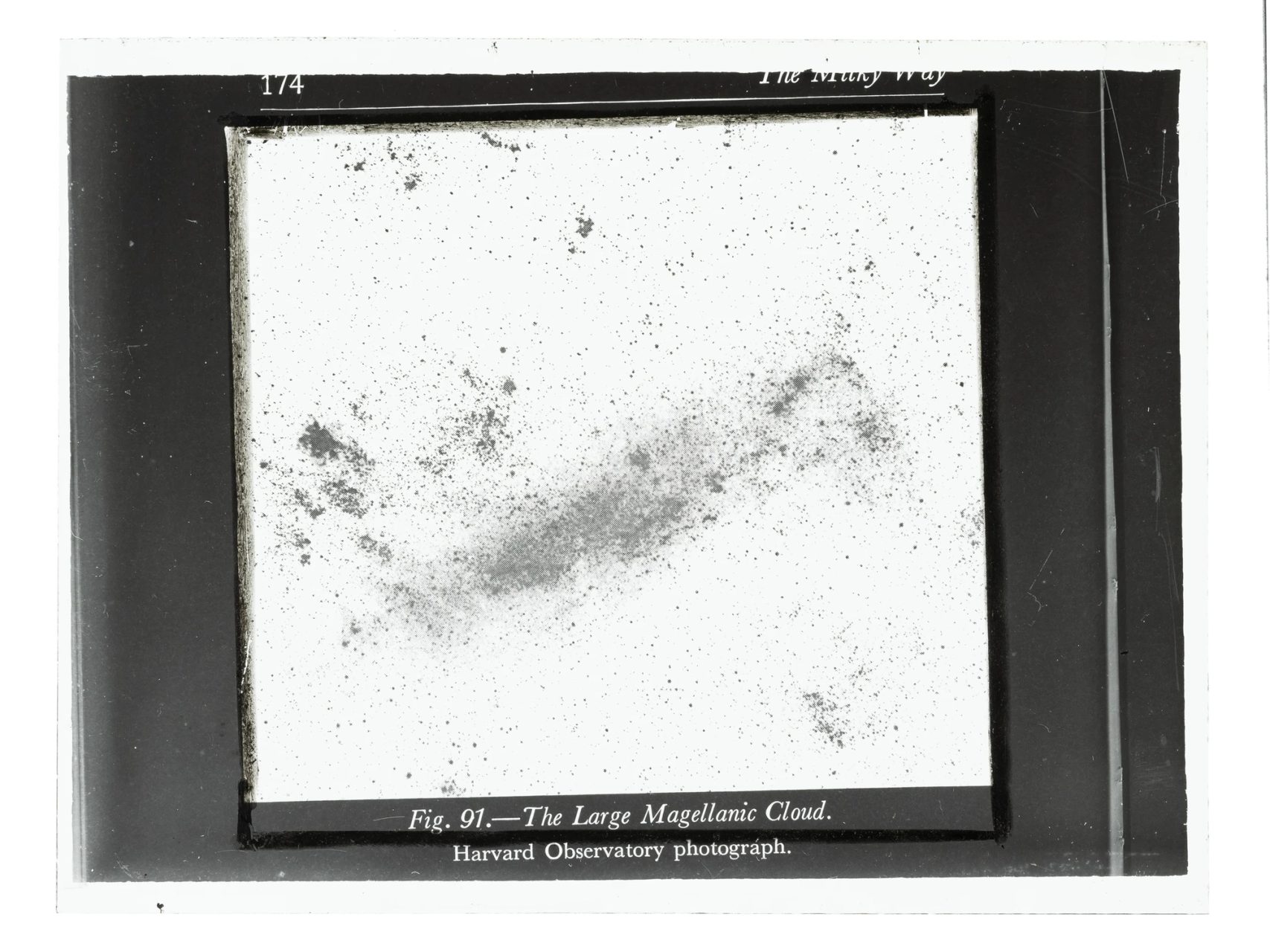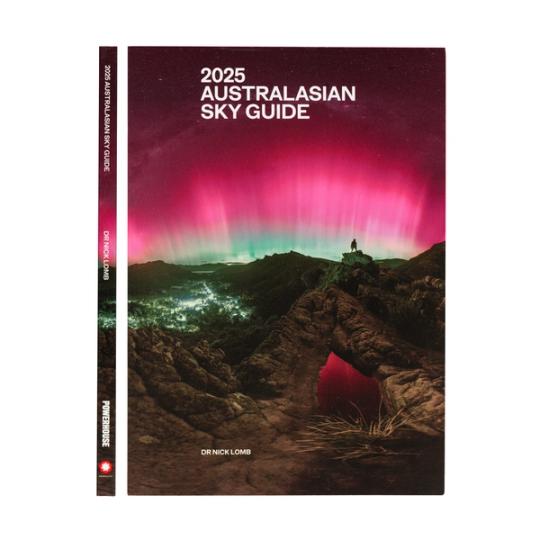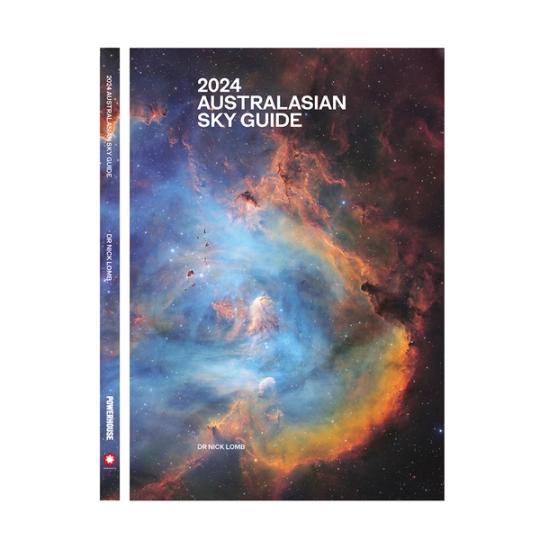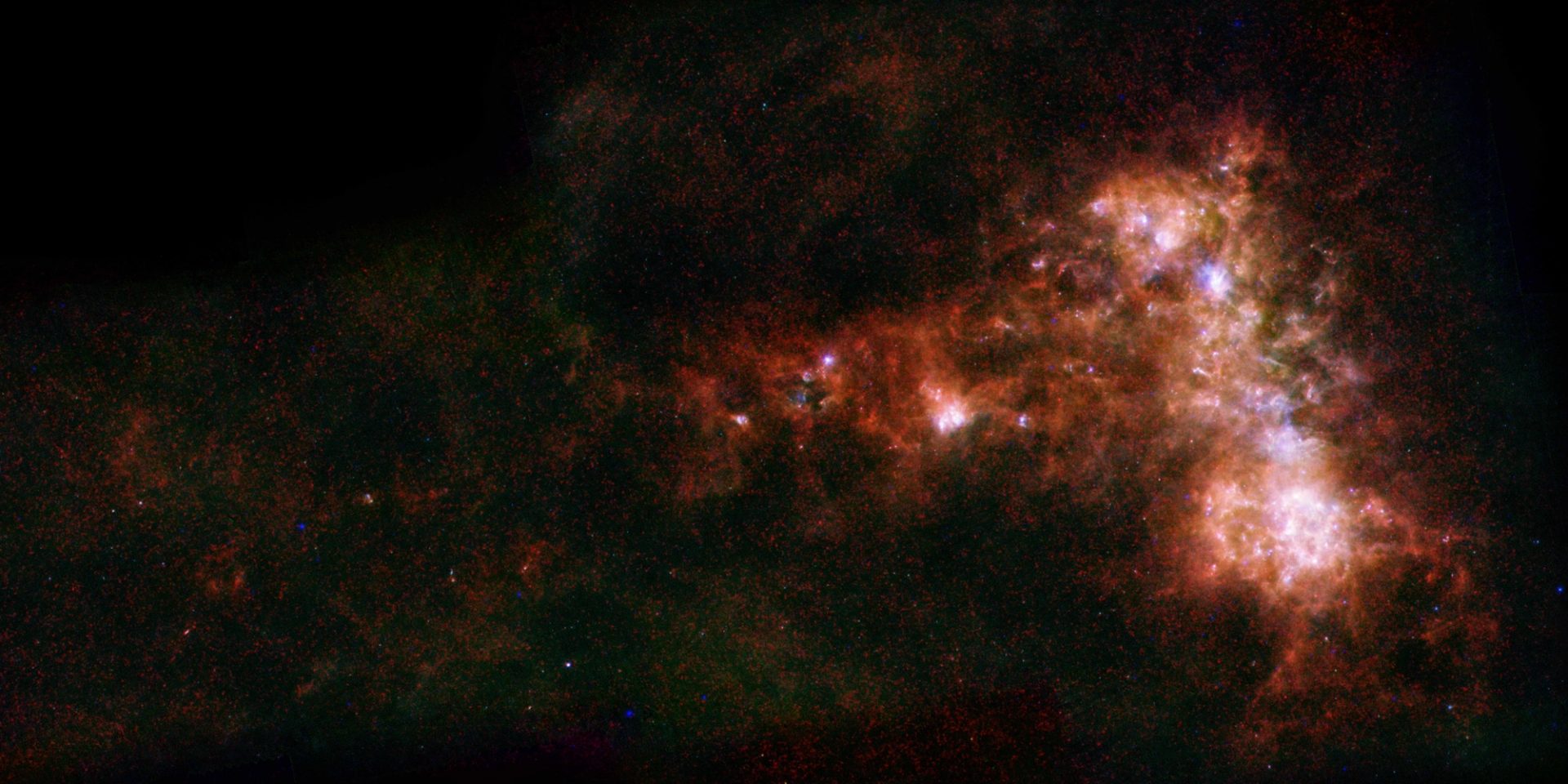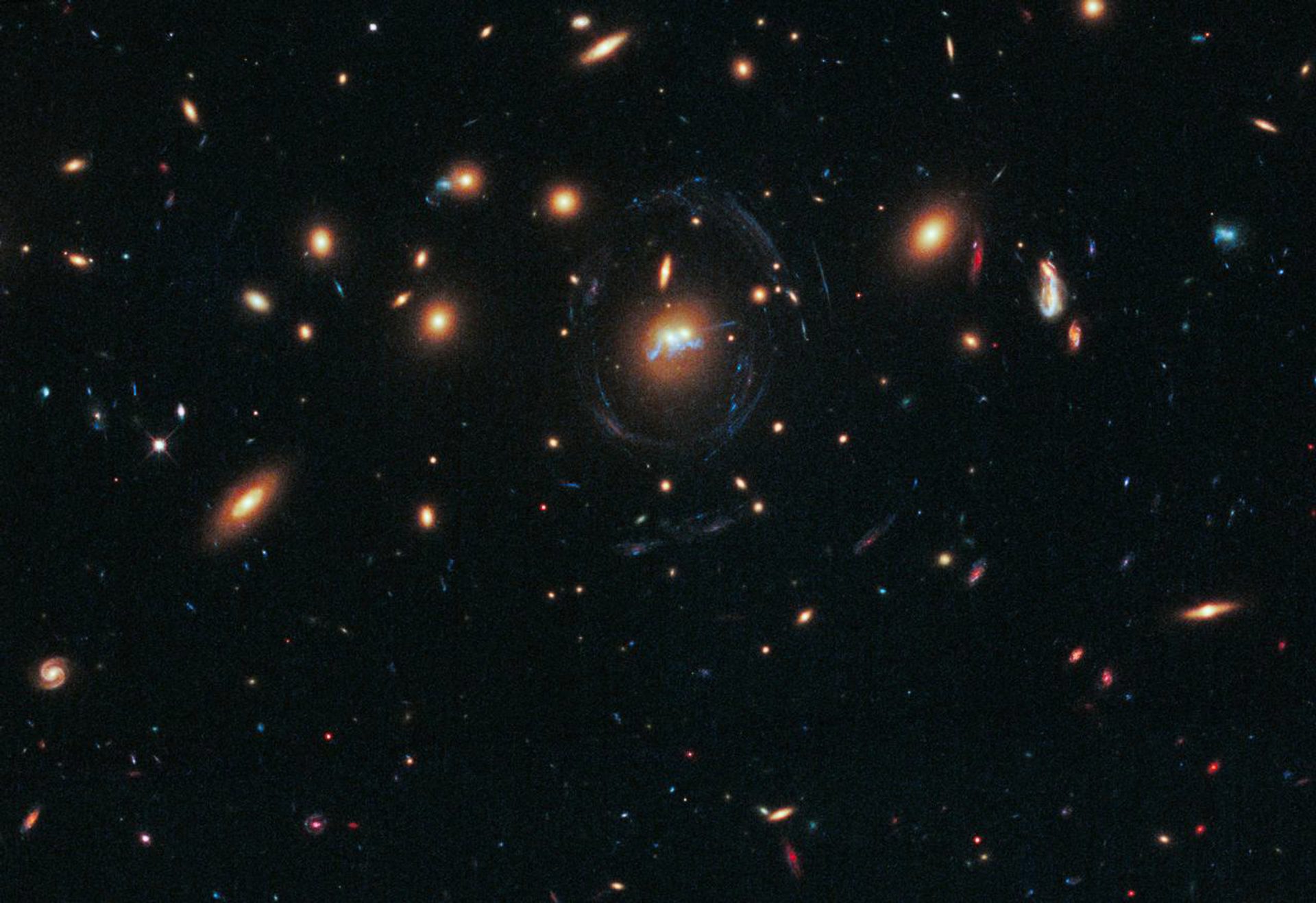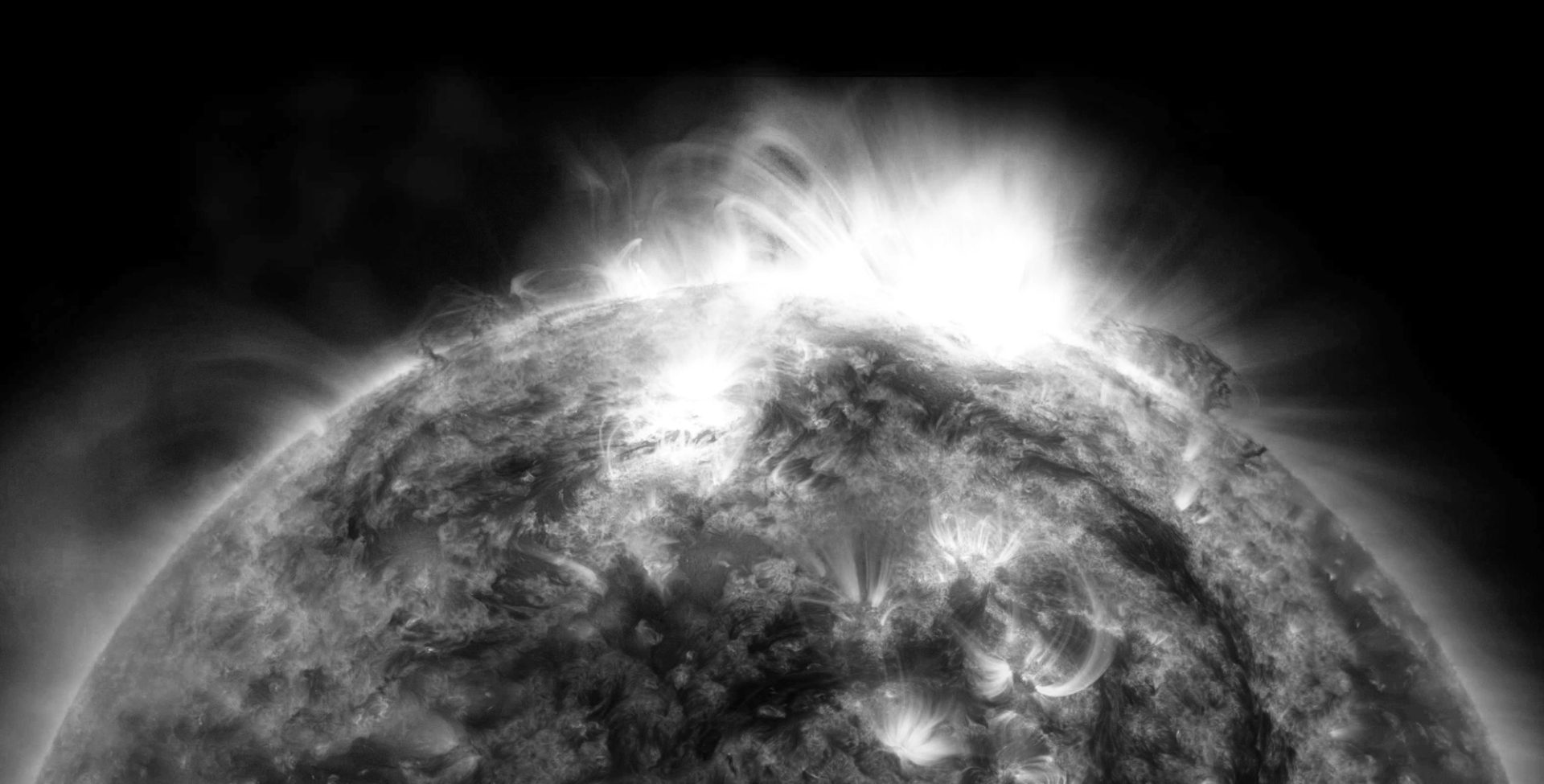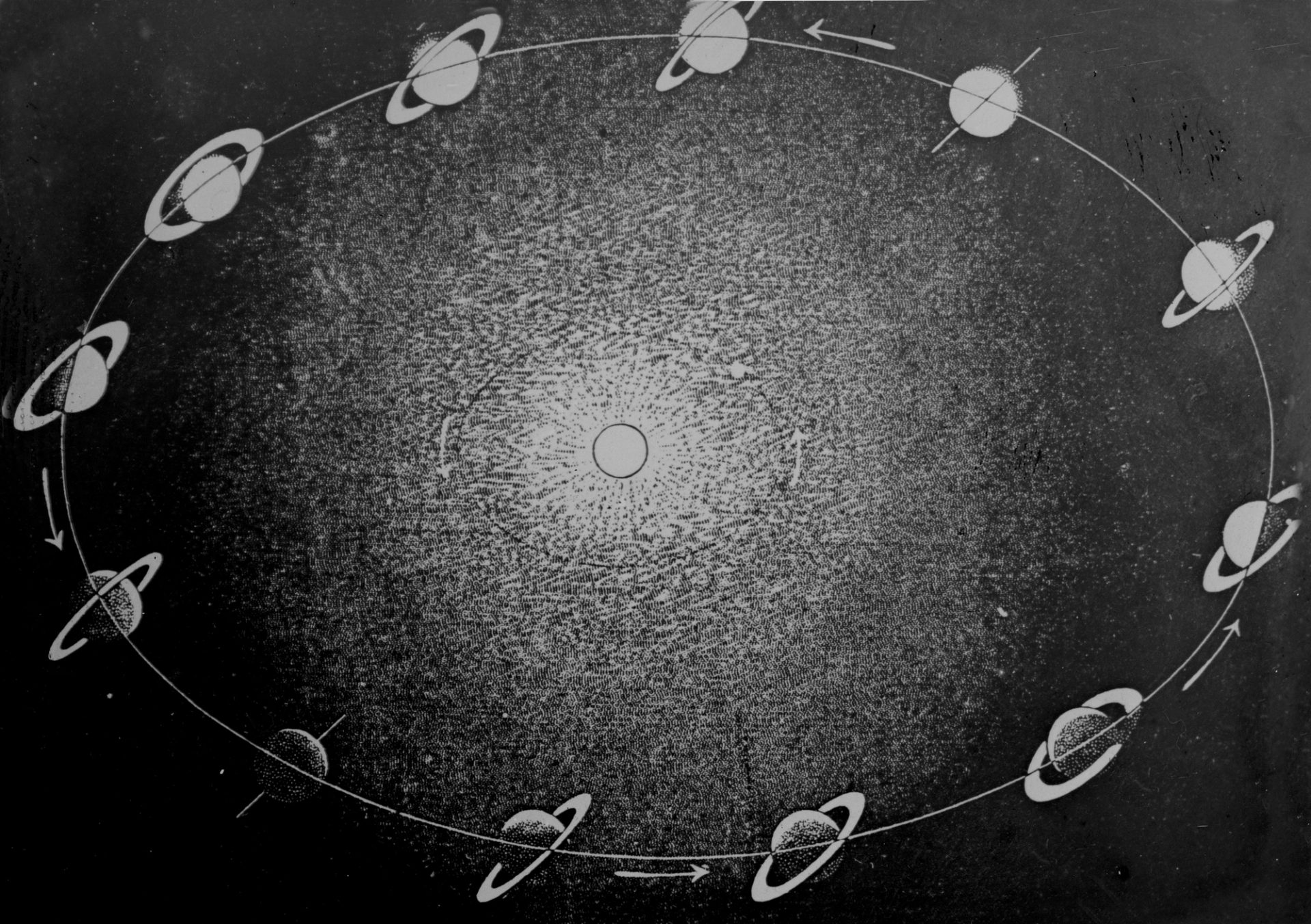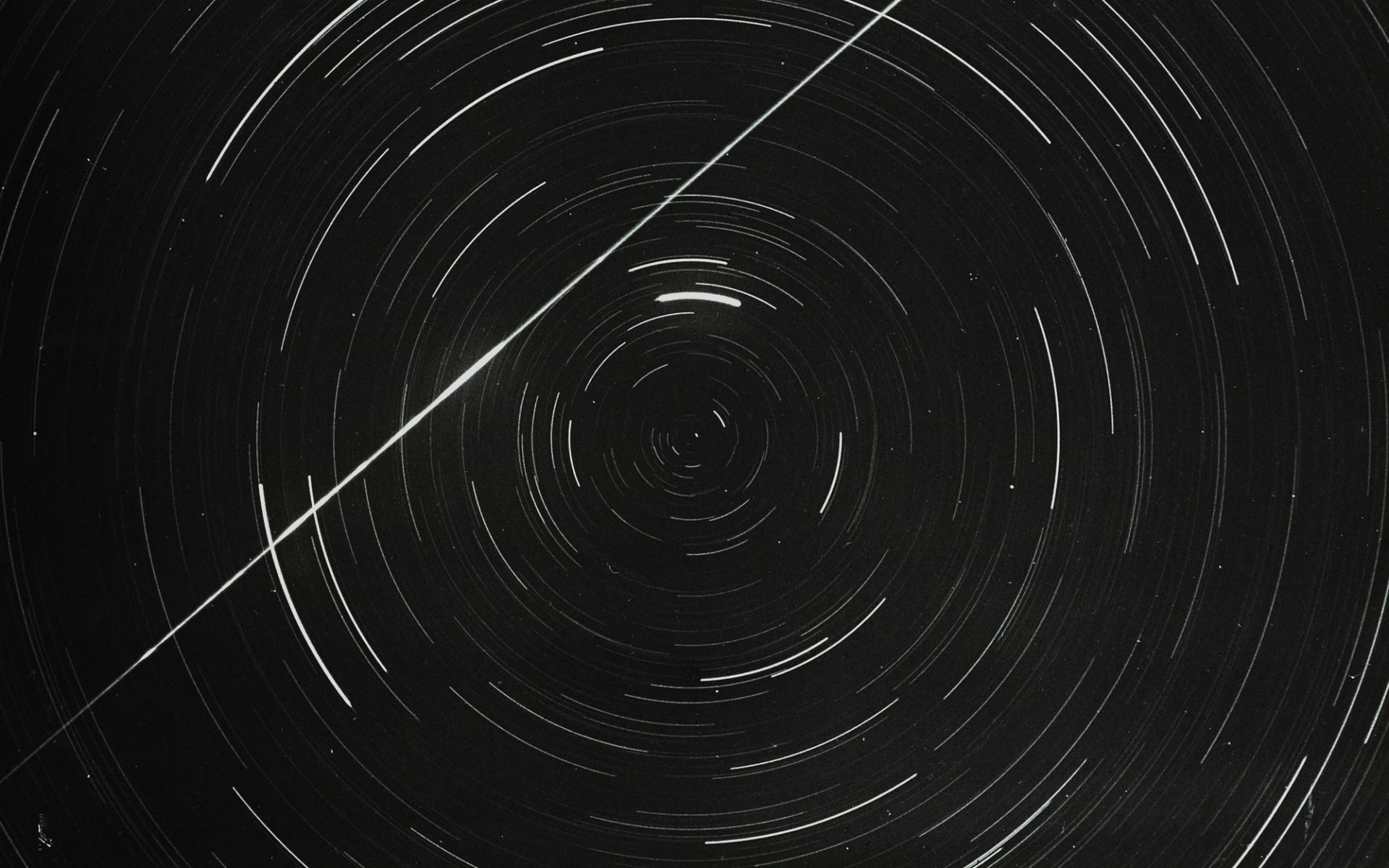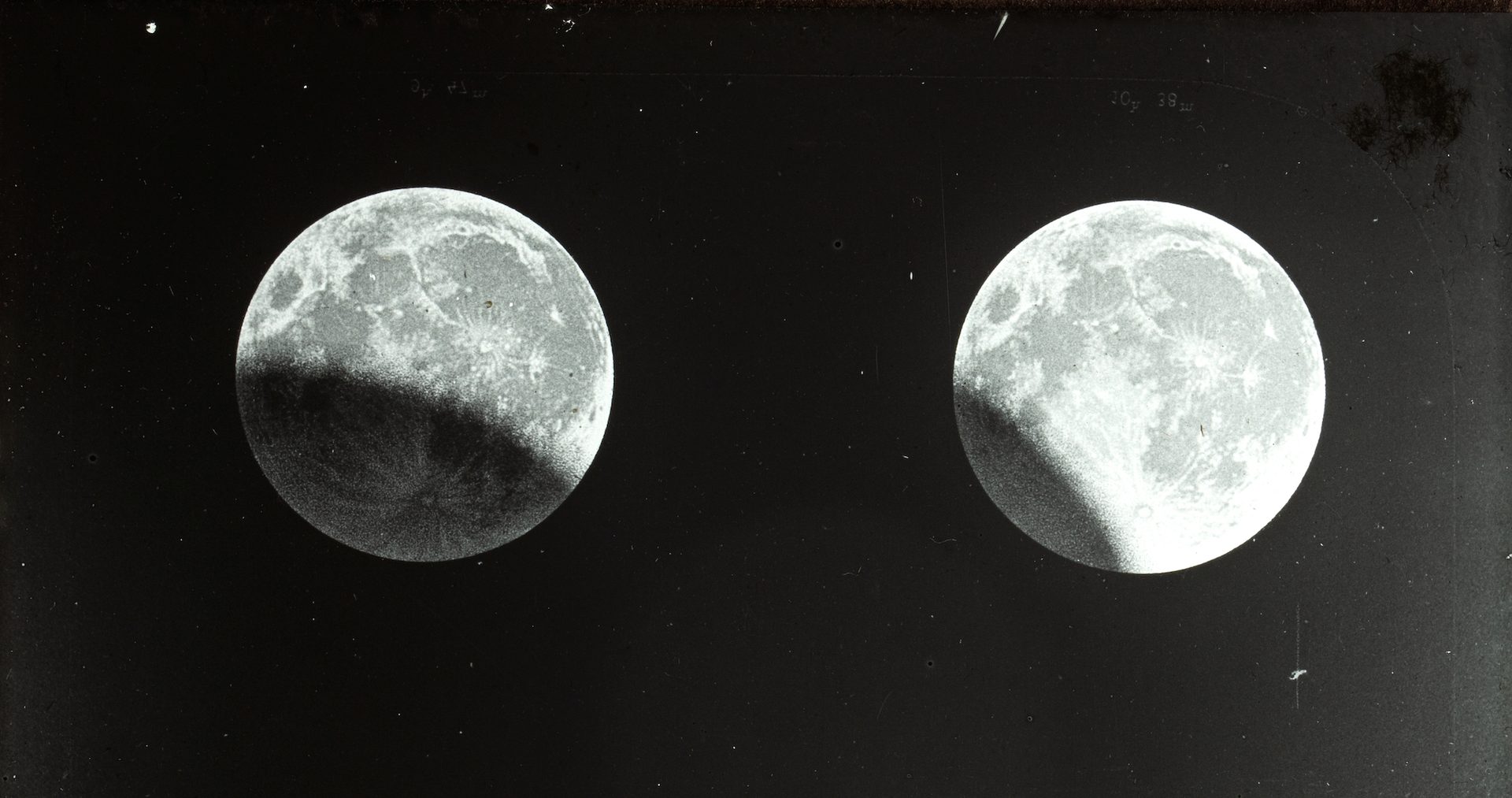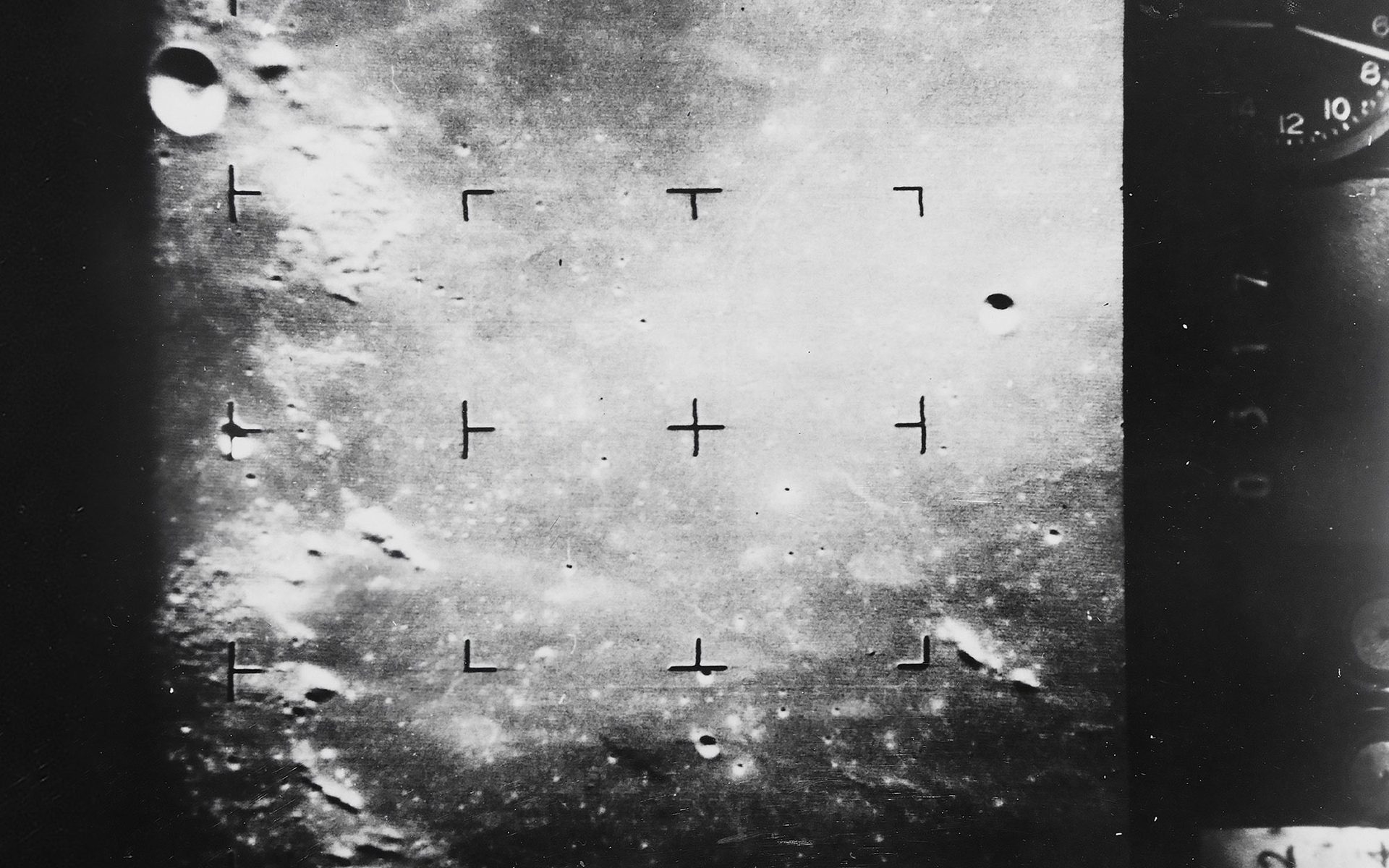Sky Guide October 2024

“Some may be familiar with the expression that ‘comets are as predictable as cats!" We can have high expectations but more often than not, these are not met. Nonetheless, when we hear the news of an approaching comet our interest in the sky races to a crescendo, not for moment remembering the disappointments of most but the excitement of the few. This October, Comet C/2023 A3 (Tsuchinshan-ATLAS) will emerge from behind the Sun early in the month and possibly light up the western twilight sky ... or not. See details about this event at the bottom of this page.
Don’t forget Australian Eastern Daylight Time (AEDT), or Daylight Savings, starts at 2 am on Sunday 6 October in New South Wales, Australian Capital Territory, Victoria, Tasmania, South Australia and Norfolk Island. Put your clocks forward one hour. If you rely on a smartphone the adjustment is automatic.’”
Dr Andrew Jacob, curator and astronomer, Sydney Observatory
Moon Phases
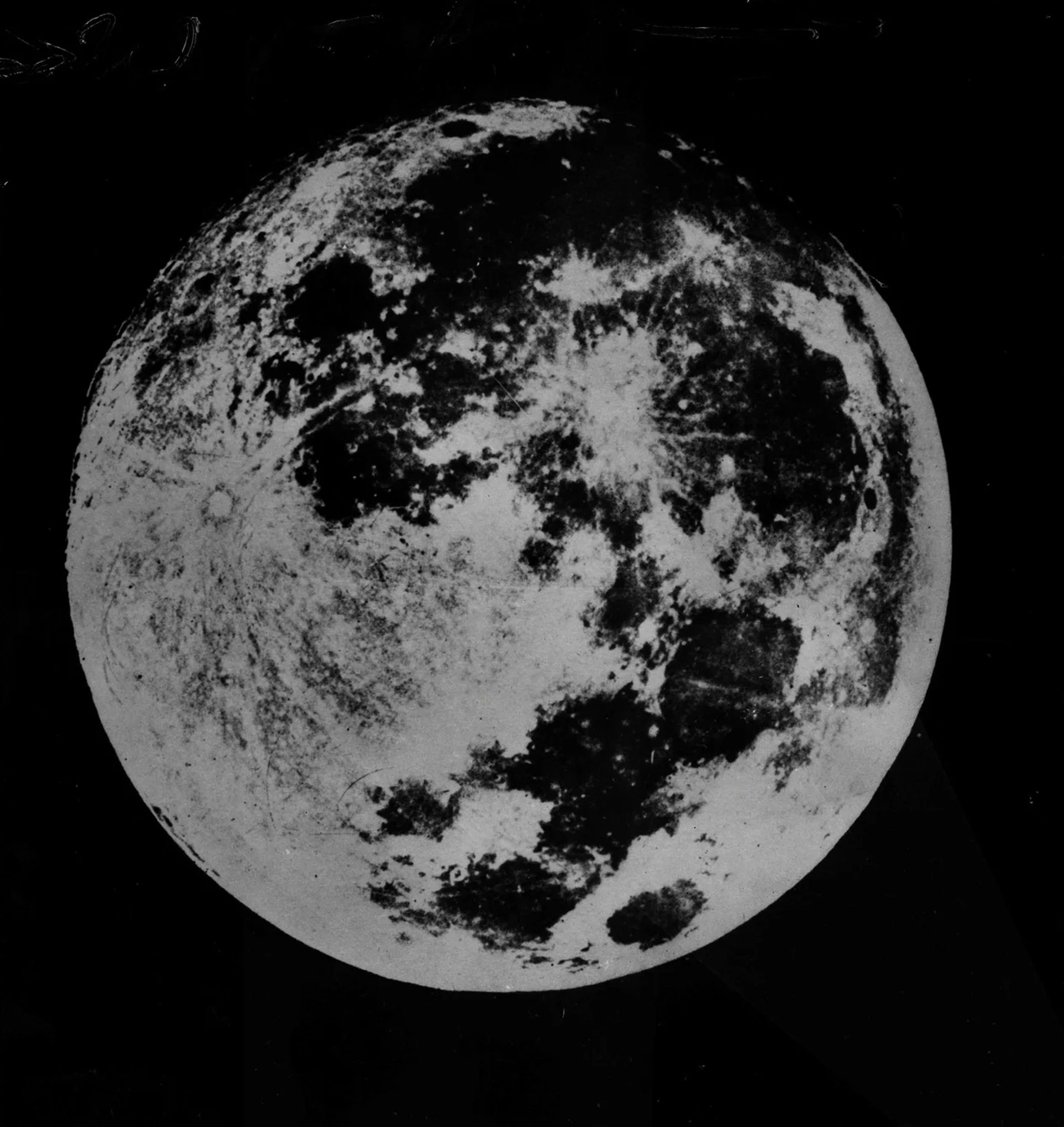
New Moon Thursday 3 October 4:49 am AEST
First quarter Friday 11 October 5:55 am AEDT
Full Moon Thursday 17 October 10:26 pm AEDT*
Last quarter Thursday 24 October 7:03 pm AEDT
Supermoon 17 October
The Moon has an oval, or elliptical, path varying in distance from Earth. At its closest to Earth, it is at perigee; at its farthest it is at apogee. When the full Moon is almost at perigee, it appears a little larger than usual. This has recently become known as a supermoon. Here, we define a supermoon as when the full Moon is within 24 hours of perigee. There are two supermoons in 2024, the first was on 18 September and the second on 17 October.
Thanks to a psychological effect called the Moon illusion, a moonrise during a full Moon appears larger near the horizon.
The information below gives moonrise in local time for 17 October:
CITY MOONRISE
Adelaide 7:23 pm
Auckland 7:23 pm
Brisbane 5:45 pm
Canberra 7:09 pm
Christchurch 7:40 pm
Darwin 6:34 pm
Hobart 7:26 pm
Melbourne 7:30 pm
Perth 6:25 pm
Sydney 6:59 pm
Wellington 7:28 pm
Planets
EVENING
Mercury appears low in the west just after the middle of the month in Virgo, the Maiden, but moves into Libra straight afterwards.
Venus is in the west, moving from Libra into Scorpius just after the middle of the month and then into Ophiuchus at the start of the last week of the month. On 5 October, the crescent Moon is below and left or south of Venus, while on 6 October it is above but still to the left or south of the planet. On 26 October, Venus passes the red star Antares, the brightest star in Scorpius, at a separation of six Moon-widths.
Saturn is high in the north-east in Aquarius. On 14 October, the gibbous Moon is above and to the left or north of Venus, while on 15 October it is below the planet.
MORNING
Mars is in the north-east, in Gemini but moving into Cancer, the Crab, at the end of the month. On 24 October, the last-quarter Moon is below and to the left or north of Mars.
Jupiter is in the north in Taurus. On 21 October, the gibbous Moon is below and to the left or west of Jupiter, while on 22 October it is still below but to the right or east of the planet.
Saturn is low in the west in Aquarius at the start of the month but disappears below the horizon in the middle of the first week of the month.
Constellations
Constellations are groups of stars that represent mythological figures, fanciful beasts or old scientific instruments. Some have been used for millennia as a tool to share significant cultural stories and to track the passage of the weeks and months. Today they also help astronomers mark out portions of the sky and locate astronomical objects. Those listed below have been selected for their visibility in the evening up to two hours after sunset as seen from the southern hemisphere.
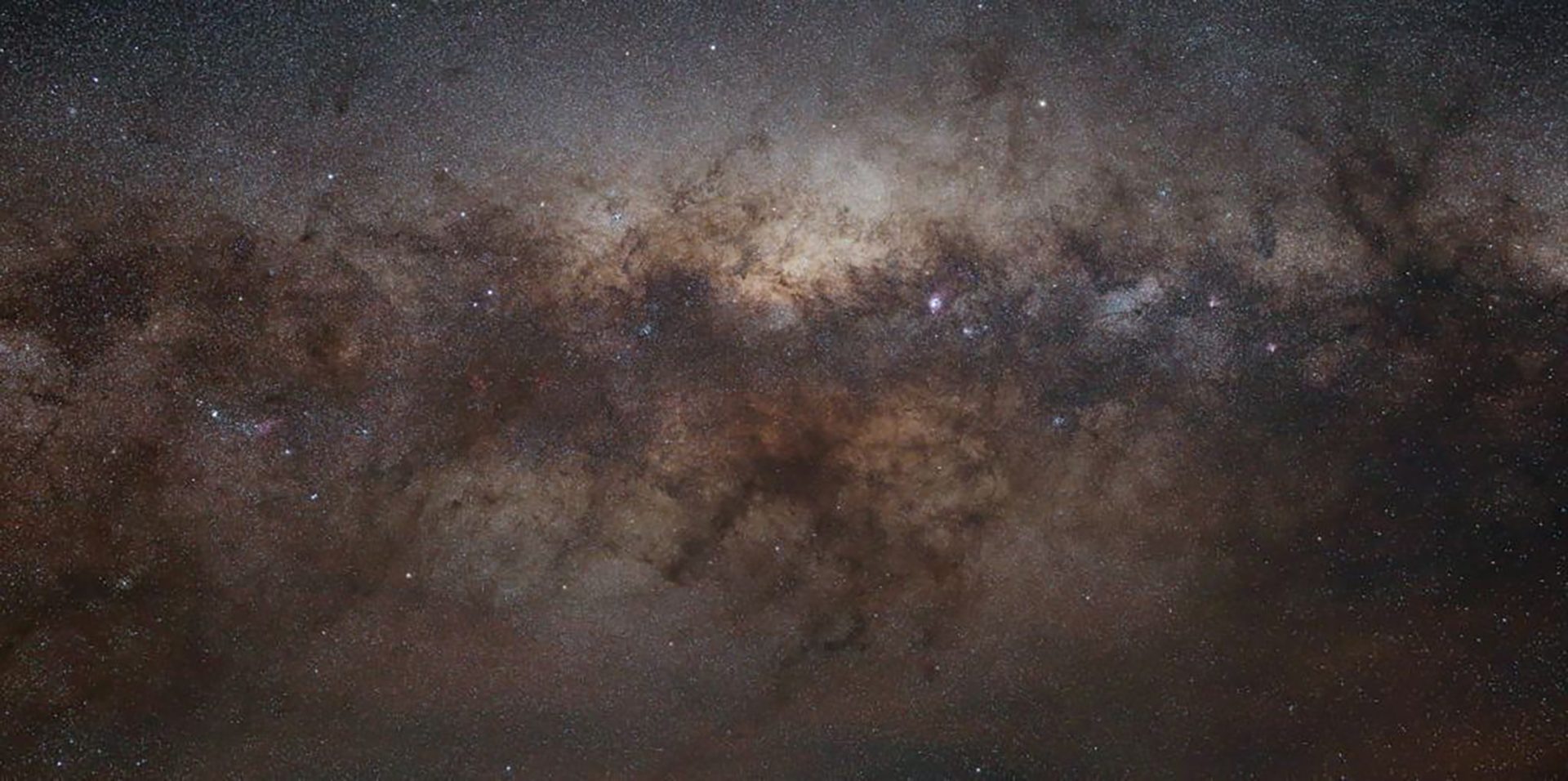
Aquarius is one of the original 48 constellations as mapped by Ptolemy and sits between Capricornus and Pisces. Aquarius is best known for the Eta-Aquarids meteor shower that peaks in early May. Like the other constellations, Aquarius is steeped in mythology, seen as Ganymede, a shepherd boy in Greek myths and as a man pouring water from a jug by the Babylonians. It has two globular clusters (NGC 7089 and NGC 7492) and two planetary nebulae that can be seen with a moderate telescope but only from a dark location, NGC 7009 the Saturn Nebula, and NGC 7293 the Helix Nebula, both of which are dead stars. The Helix is the largest planetary nebula in the sky at about 650 light years.
Capricornus the Sea Goat, also one of the original 48 as mapped by Ptolemy, is often associated with the Greek god of nature, Pan. He transformed his lower half into a fish to swim to safety during an attack on Jupiter by Typhon. Halfway through the transformation he played a loud note on his conch shell which distracted Typhon long enough for Jupiter to strike him down with thunderbolts. As a reward, Jupiter placed him in the sky as he was: half-goat, half-fish. It is a faint constellation and looks more like a partially collapsed triangle. It contains no easily seen deep sky objects other than the globular cluster M30, about 27,000 light years away. It is the smallest and second-faintest constellation of the zodiac.
Ophiuchus the serpent bearer is an ancient constellation and one of the original 48 as mapped by Ptolemy. It is said to represent the mythical healer Aesculapius. It sits close to the galactic centre in Sagittarius. It is now the thirteenth zodiac sign with the Sun, Moon and planets passing through it from 30 November to 17 December.
Pegasus the winged horse is easy to find low in the north by looking for four bright stars that outline the ‘Great Square of Pegasus’. The Square is large: more than 15 degrees wide and 13 degrees high. In the past all four stars were part of the constellation, though delta Pegasi is now known as Alpha Andromedae.
Sagittarius the archer is located just behind the sting of Scorpius. In Greek mythology the archer is a centaur pointing his arrow towards the heart of Scorpius, although from the southern hemisphere this constellation looks more like a teapot. Sagittarius is home, as we see it, to the centre of our galaxy, the Milky Way. At this centre is a monstrous black hole about four million times the mass of the Sun and 26,000 light years away. Called ‘Sagittarius A *’ (pronounced as Sagittarius-A-Star), images taken in 2017 and released in May 2022 from NASA’s Event Horizon Telescope (EHT) show matter swirling around it at close to the speed of light. The event horizon is about the same distance from the singularity as Mercury is from our Sun.
Scorpius the scorpion is one of the easiest constellations to pick out as it is one of the few that does look like what it’s supposed to represent. Among the brightest parts of the Milky Way along with Sagittarius, the red supergiant star Antares (Rival of Mars) marks the heart of the scorpion. From the heart, three stars mark the head and claws while moving the other way we see the body, hooked tail and sting. The scorpion plays a role in many myths; however, it is best known in Greek mythology for its pursuit of Orion through the night sky. Scorpius dominates the sky from June to August when it sits high overhead. It contains the globular cluster M4, the first in which individual stars were resolved approximately 6000 light years away. It also has two open clusters M6 the Butterfly cluster, which is 100 million years old, and M7 the Ptolemy cluster at 200 million years old.
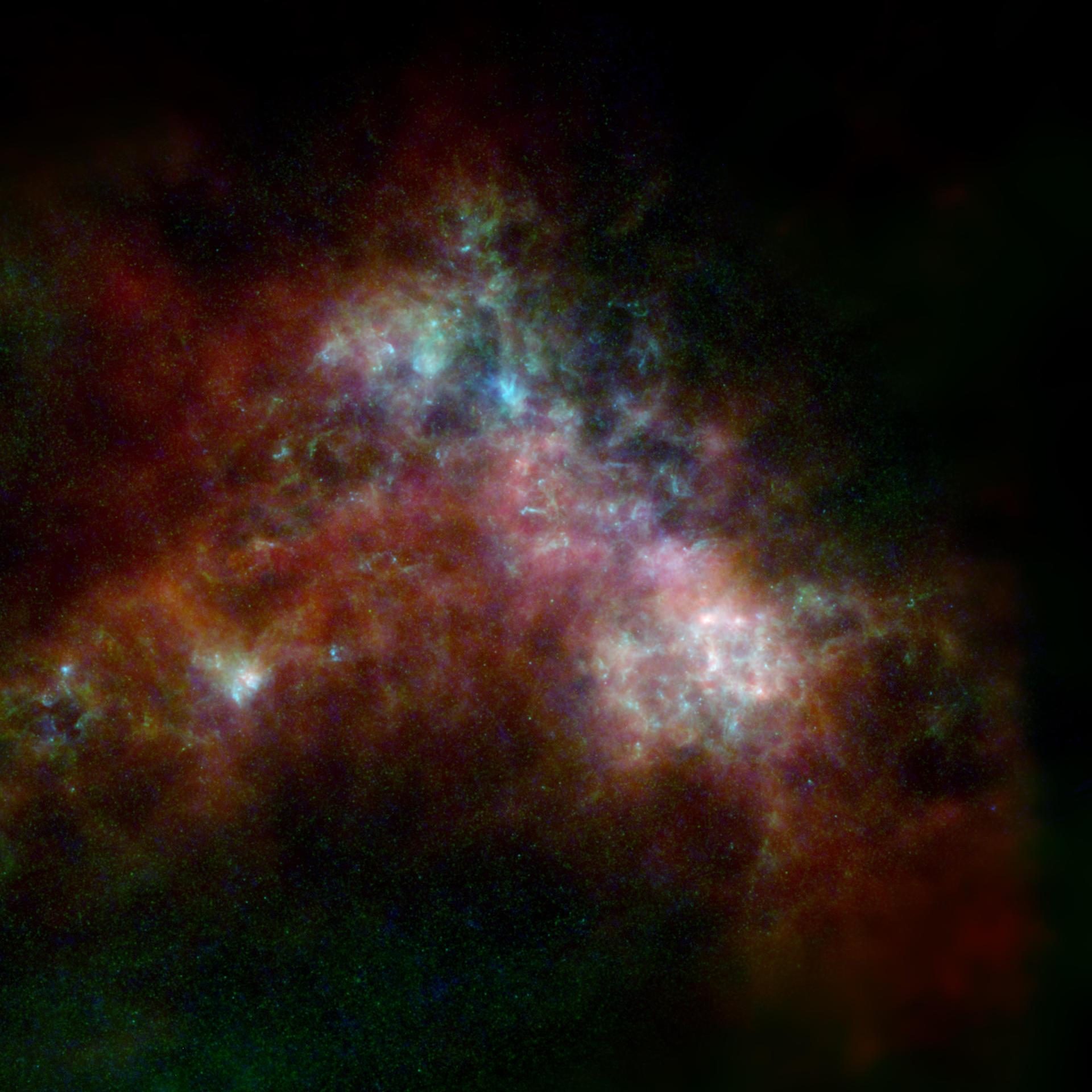
Deep sky
The Large and Small Magellanic Clouds (LMC/SMC) are the two satellite galaxies of our own Milky Way. The Large Magellanic Cloud (LMC) is in the constellation of Dorado and is approximately 163,000 light years away. It consists of around 30 billion stars and hosts one of the largest nebulae detected, the Tarantula nebula. The Small Magellanic Cloud (SMC) is in Tucana and is approximately 200,000 light years away. It has around 3 billion stars. The LMC will merge with our galaxy in around 2.4 billion years.
M4 is the closest globular cluster to Earth at 5500 light years away. M4 is easy to locate, sitting next to the red supergiant star, Antares, in Scorpius. The cluster contains more than 100,000 stars with approximately 40,000 of these being white dwarf stars.
M6 the Butterfly and M7 Ptolemy’s are two open star clusters found near the sting of the Scorpion. M6 is about 1600 light years away and M7, about 980 light years.
M8 The Lagoon Nebula in Sagittarius is a huge star- forming cloud that is just visible to the unaided eye from a dark location. It is about 5,000 light years away and 130 light years across. M8 contains a hot young cluster of baby stars (NGC 6530), and their powerful UV light makes the cloud glow.
M15 is the first globular cluster that was found to contain a planetary nebula in the constellation of Pegasus. A rare intermediate black hole also resides at the centre of M15 and is thought to be 4000 times the mass of our Sun. M15 lies about 33,600 light years from us in the constellation of Pegasus and is best seen through binoculars or a telescope.
47 Tucanae (NGC 104) is a globular cluster second only to Omega Centauri. It sits beside but is unrelated to the SMC in the constellation Tucana. It can be easily seen away from city lights with the unaided eye due to its very dense star core. 47 Tucana is approximately 15,000 light years from us.
Tarantula Nebula (NGC 2070) is a large hydrogen gas cloud approximately 1000 light years in diameter and part of the LMC at about 160,000 light years. The name ‘Tarantula’ comes from the spider-like appearance of the nebula in telescopes and photographs. At the centre of the nebula is the open cluster R136, which contains approximately 500,000 stars, including some of the hottest and most massive supergiant stars known. In 1987 the first naked eye supernova (SN1987A) since the invention of the telescope occurred in this part of the sky.)
Special Events
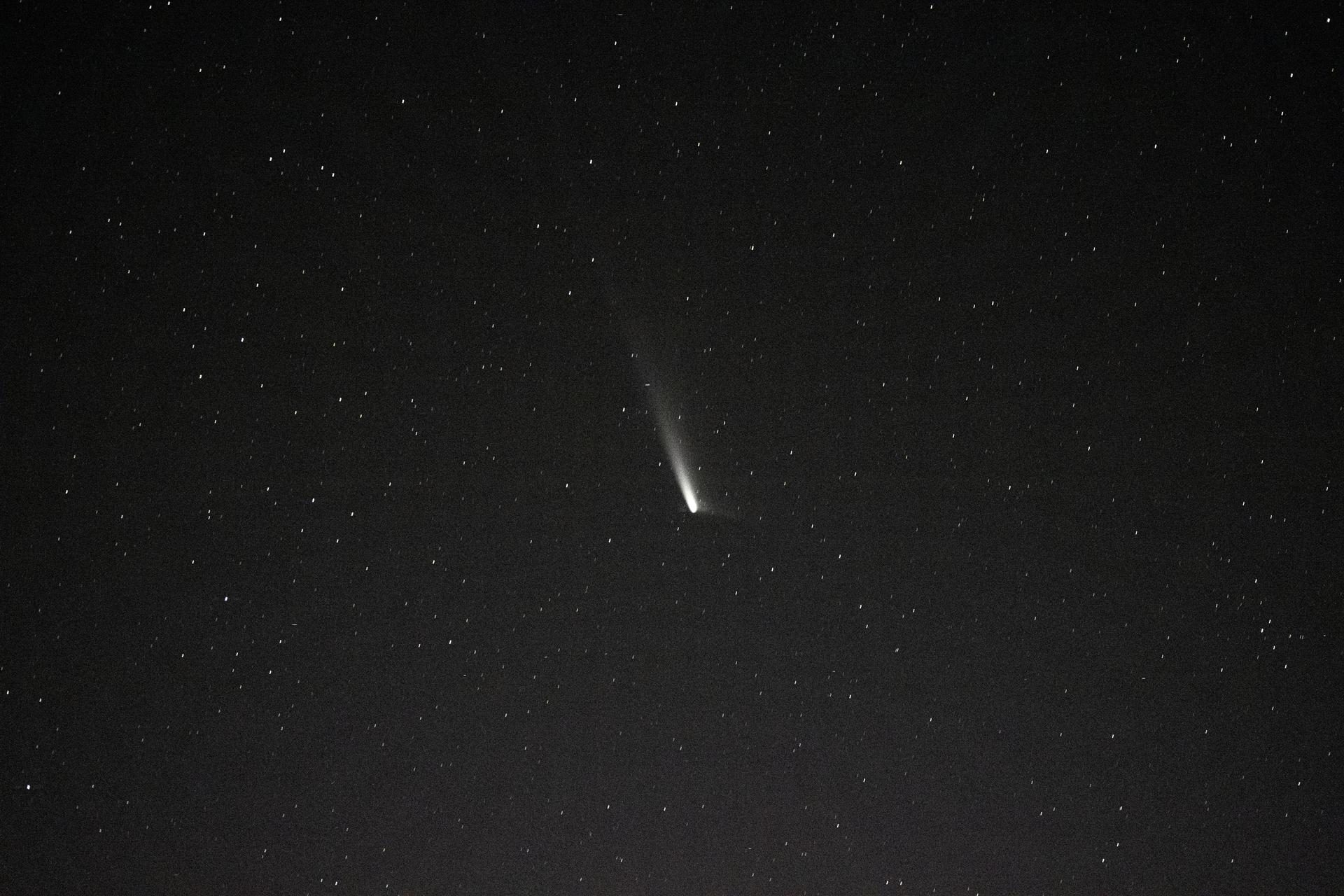
Comet C/2023 A3 (Tsuchinshan-ATLAS)
Discovered in January 2023 at China’s Purple Mountain Observatory, Comet C/2023 A3 (Tsuchinshan-ATLAS) could be visible in the evening sky this month. Every now and then, one of the comets from the Kuiper Belt or the Oort Cloud approaches the Sun. Then spectacular things start to happen: the Sun’s heat turns some of the ice into gas and a huge cloud of released dust envelops the comet. This is the ‘coma’ and is seen from Earth as a fuzzy blob. The other part of the spectacle is the tail, which always points away from the Sun.
Comet C/2023 A3 is coming from the Oort Cloud and is making its first appearance in the inner solar system. It is closest to the Sun on 28 September and passes closest to Earth on 13 October, at a distance of 71 million km. The brightness of comets making their first visit near the Sun is very hard to predict. Some fizzle out, while others, like Comet McNaught in 2007, become bright and conspicuous. Hence the brightness of Comet C/2023 A3 this month cannot be known in advance.
The comet will appear low in the western evening sky a day or so after its relatively close pass to Earth. This is when it can be expected to be at its brightest. However, the combination of its closeness to the horizon and a bright gibbous Moon is unlikely to allow observation. The Moon moves out of the way on 19 October, by which time the comet is a little higher in the evening sky. That evening and the following few evenings provide the best chances to see it. The comet will then be below and to the right or north of Venus. To see the comet you will need a good view towards the west and possibly binoculars.
Update: Comets certainly are unpredictable! This one brightened in the last week or so to become visible to the naked eye in the morning sky, just before sunrise. However, it is now passing between the Sun and Earth and will not be viisble for a few days. We will get our next chance to view it in the evening sky, just after sunset from about October 12 onwards - clouds permitting.
Shop
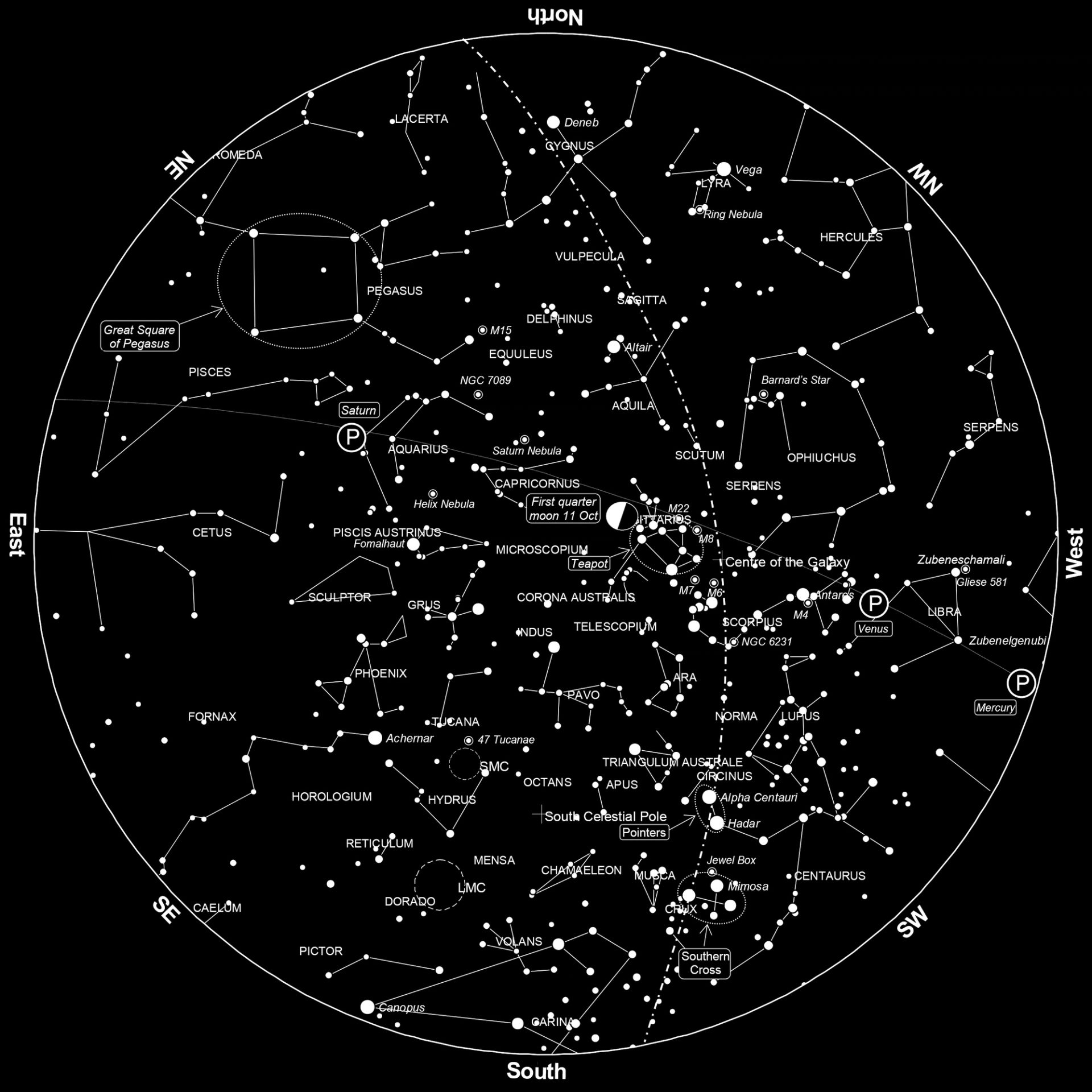

Sydney Observatory
Open for pre-booked tours, located on Gadigal land, a national place of connection and scientific research. The site is undergoing heritage conservation works.











